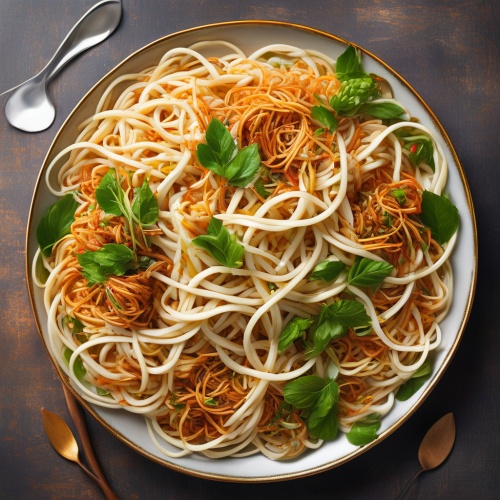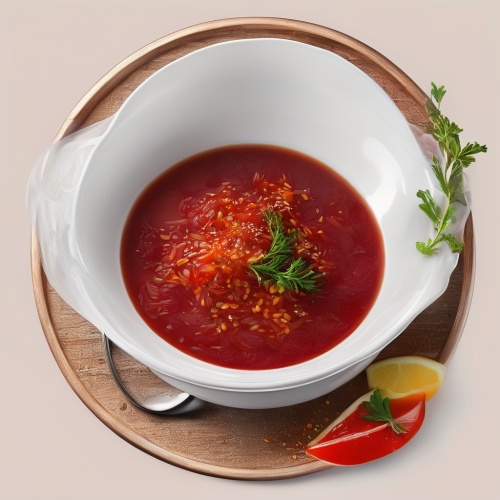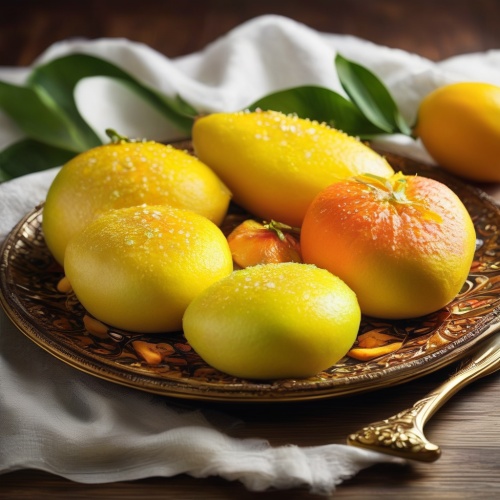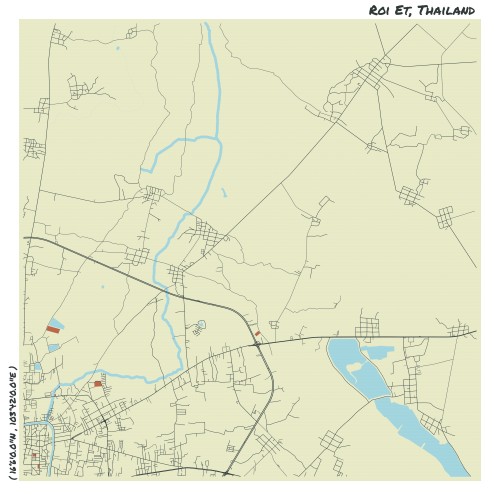Understand
Journey to the heart of northeastern Thailand and discover the captivating province of Roi Et. With a history spanning over two centuries, this region was once a grand and prosperous city named Saket Nakhon. Proudly ruling over 11 satellite cities and boasting 11 city gates, Roi Et has undergone continuous development, lending it a distinct character that is difficult to trace back to its origins. Administratively divided into 17 Amphoes and two King Amphoes, including Muang Roi Et, Kaset Wisai, Pathum Rat, and many more, the province is a vast and sprawling land that covers 8,299.50 square kilometers. Venture into the mesmerizing Kula Ronghai Field, where partial areas of four Amphoes are nestled: Suwannaphum, Kaset Wisai, Pathum Rat, and Phon Sai. Embark on an exploration of Roi Et and uncover the wonders that lie within this enigmatic province.
Map & Climate
Popular Foods
 Pad Thai: Pad Thai is a signature Thai dish consisting of stir-fried rice noodles with a uniquely balanced blend of sweet, sour, salty, and tangy flavors. It typically includes shrimp or chicken (though can be prepared with tofu for a vegetarian version), scrambled eggs, bean sprouts, and is garnished with crushed peanuts, lime wedges, and fresh herbs like cilantro and green onions. The dish is served with a side of som tam (green papaya salad) and mango sticky rice for a complete meal.
Pad Thai: Pad Thai is a signature Thai dish consisting of stir-fried rice noodles with a uniquely balanced blend of sweet, sour, salty, and tangy flavors. It typically includes shrimp or chicken (though can be prepared with tofu for a vegetarian version), scrambled eggs, bean sprouts, and is garnished with crushed peanuts, lime wedges, and fresh herbs like cilantro and green onions. The dish is served with a side of som tam (green papaya salad) and mango sticky rice for a complete meal.  Tom Yum Goong: This spicy and aromatic soup is a beloved Thai classic that features a fragrant broth made from stock, kaffir lime leaves, lemongrass, galangal, lime juice, fish sauce, and chili paste. It's packed with succulent prawns, mushrooms, tomatoes, and other vegetables, with optional additions like snakehead fish or even chicken. The dish is often garnished with fresh cilantro and a sprinkling of pepper.
Tom Yum Goong: This spicy and aromatic soup is a beloved Thai classic that features a fragrant broth made from stock, kaffir lime leaves, lemongrass, galangal, lime juice, fish sauce, and chili paste. It's packed with succulent prawns, mushrooms, tomatoes, and other vegetables, with optional additions like snakehead fish or even chicken. The dish is often garnished with fresh cilantro and a sprinkling of pepper.  Mango Sticky Rice: This iconic Thai dessert is a delightful combination of sweet, creamy mango and glutinous rice. The sticky rice is cooked in coconut milk and sugar until it achieves a chewy texture, then served alongside ripe, juicy mango slices. The dish is sometimes garnished with toasted coconut flakes or sesame seeds for added crunch and flavor. It's typically enjoyed during the mango season (May to September) as a sumptuous, refreshing treat.
Mango Sticky Rice: This iconic Thai dessert is a delightful combination of sweet, creamy mango and glutinous rice. The sticky rice is cooked in coconut milk and sugar until it achieves a chewy texture, then served alongside ripe, juicy mango slices. The dish is sometimes garnished with toasted coconut flakes or sesame seeds for added crunch and flavor. It's typically enjoyed during the mango season (May to September) as a sumptuous, refreshing treat. 




Comments
NO COMMENTS